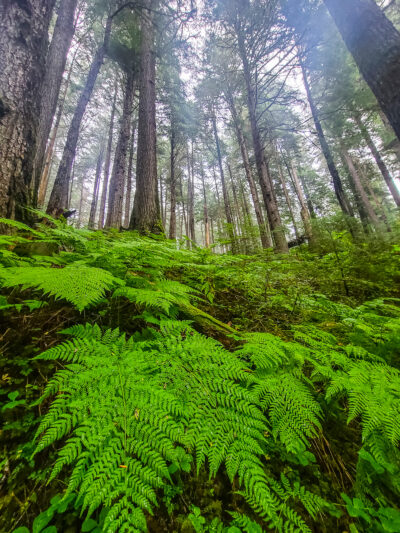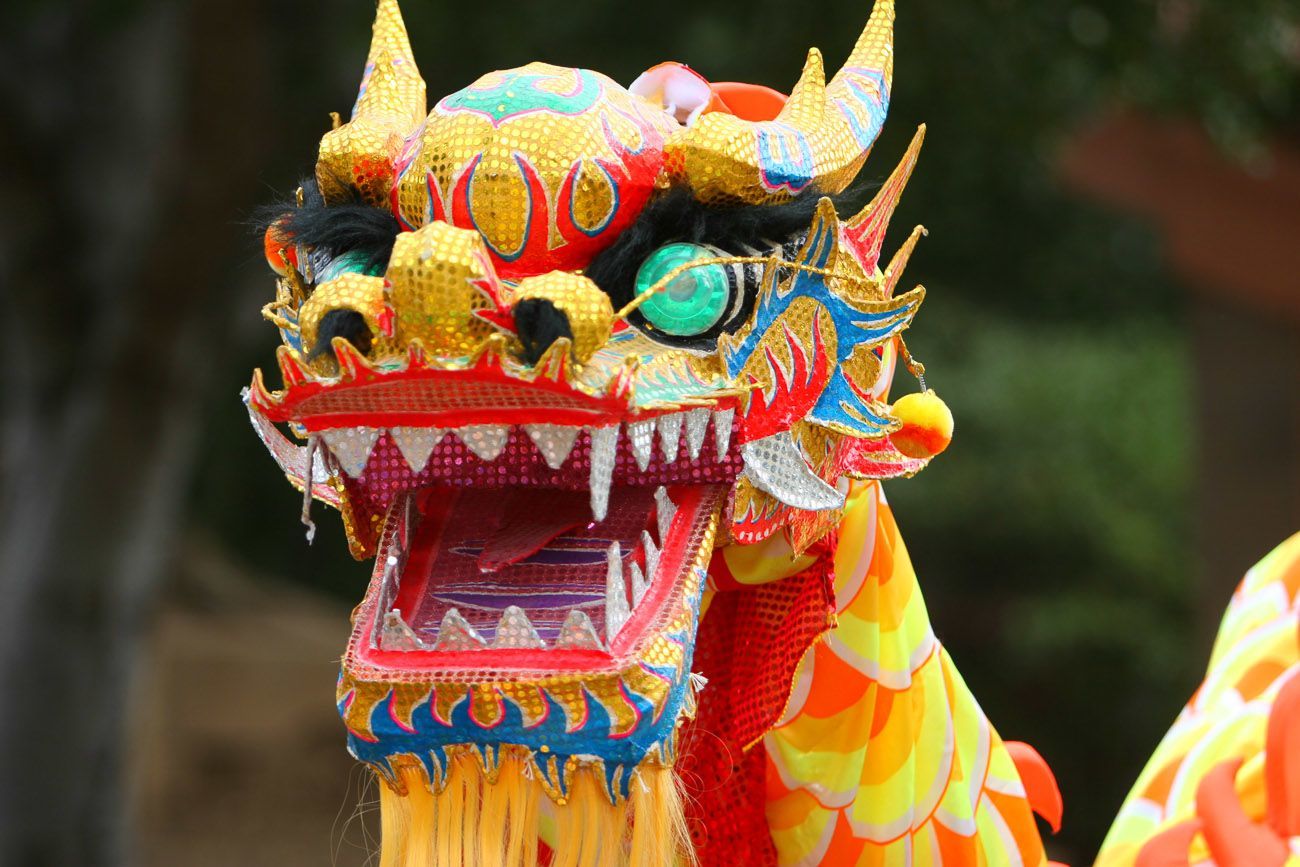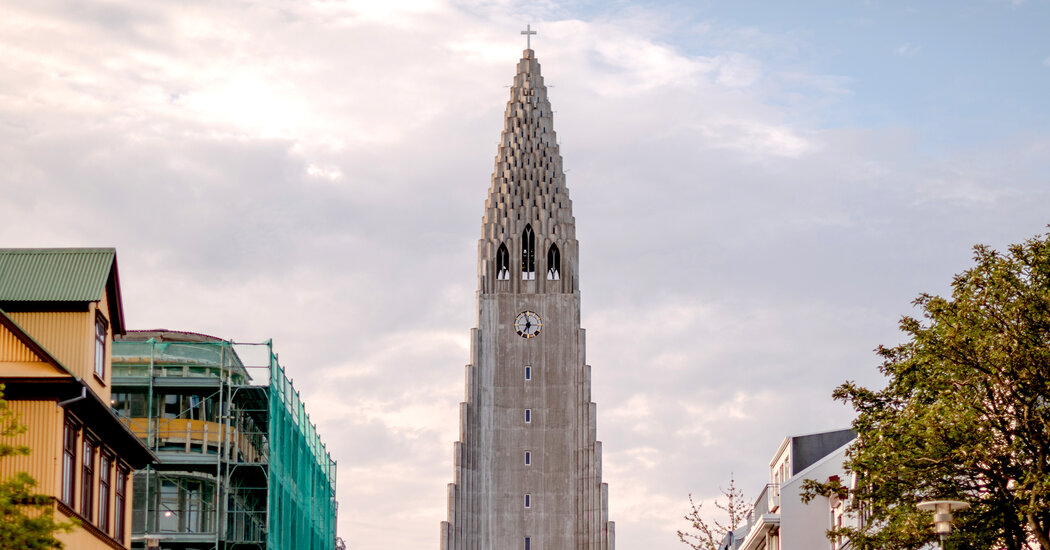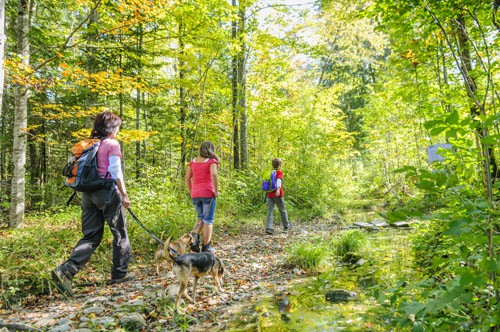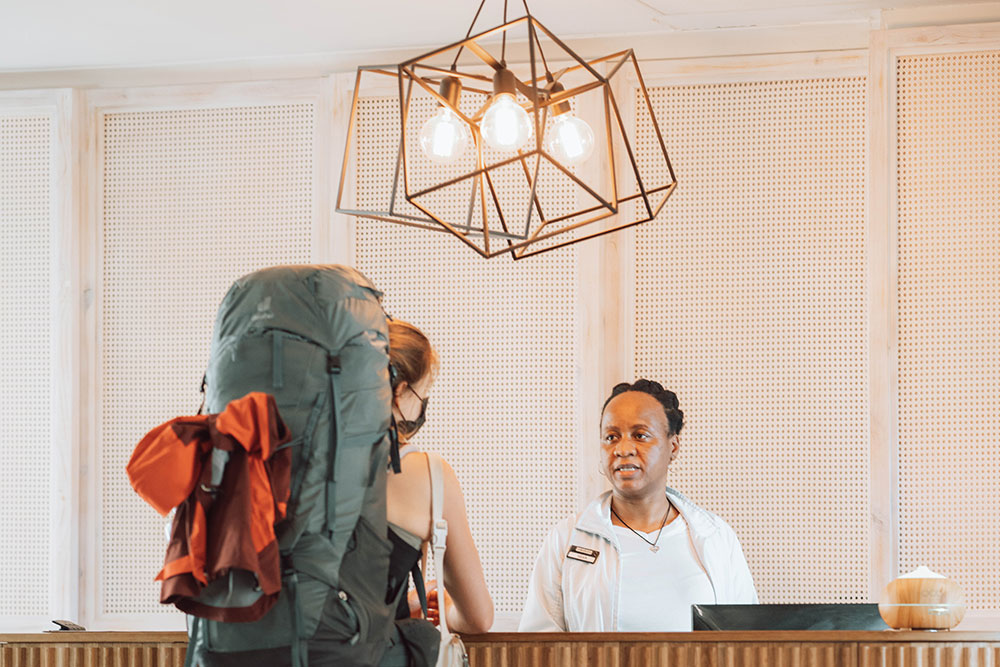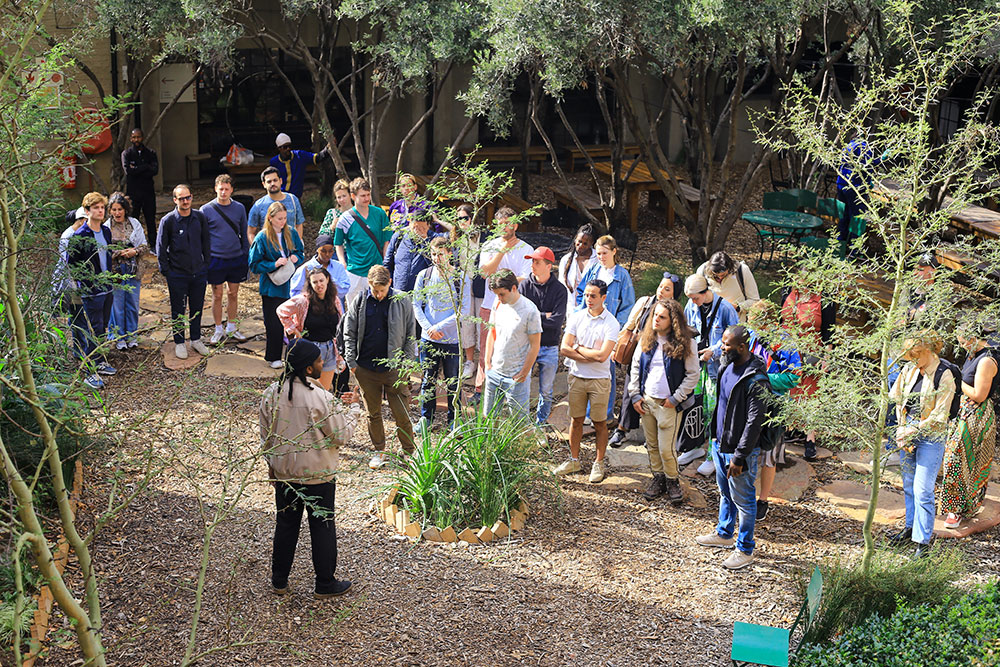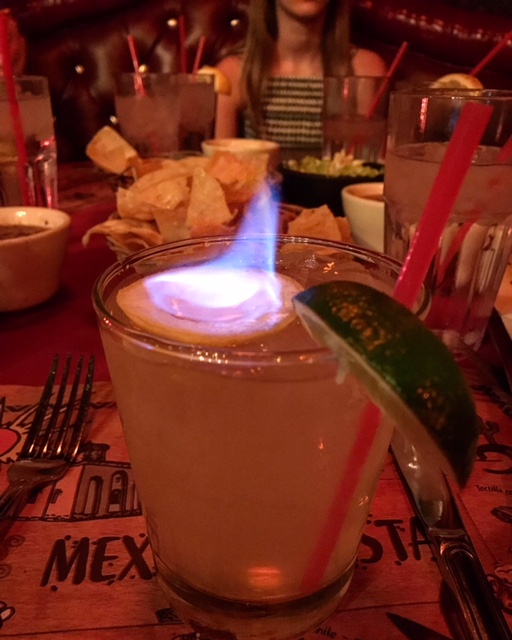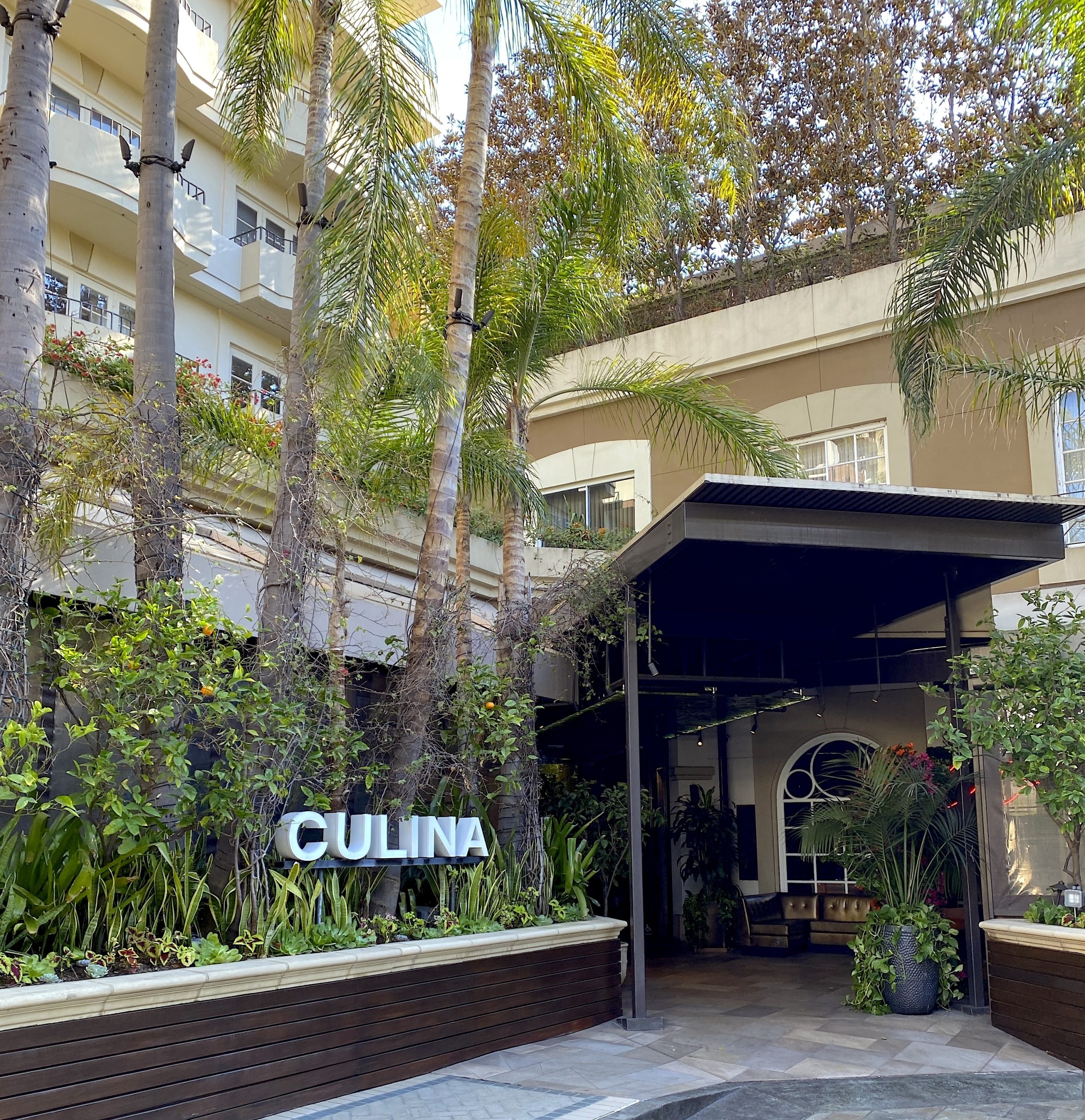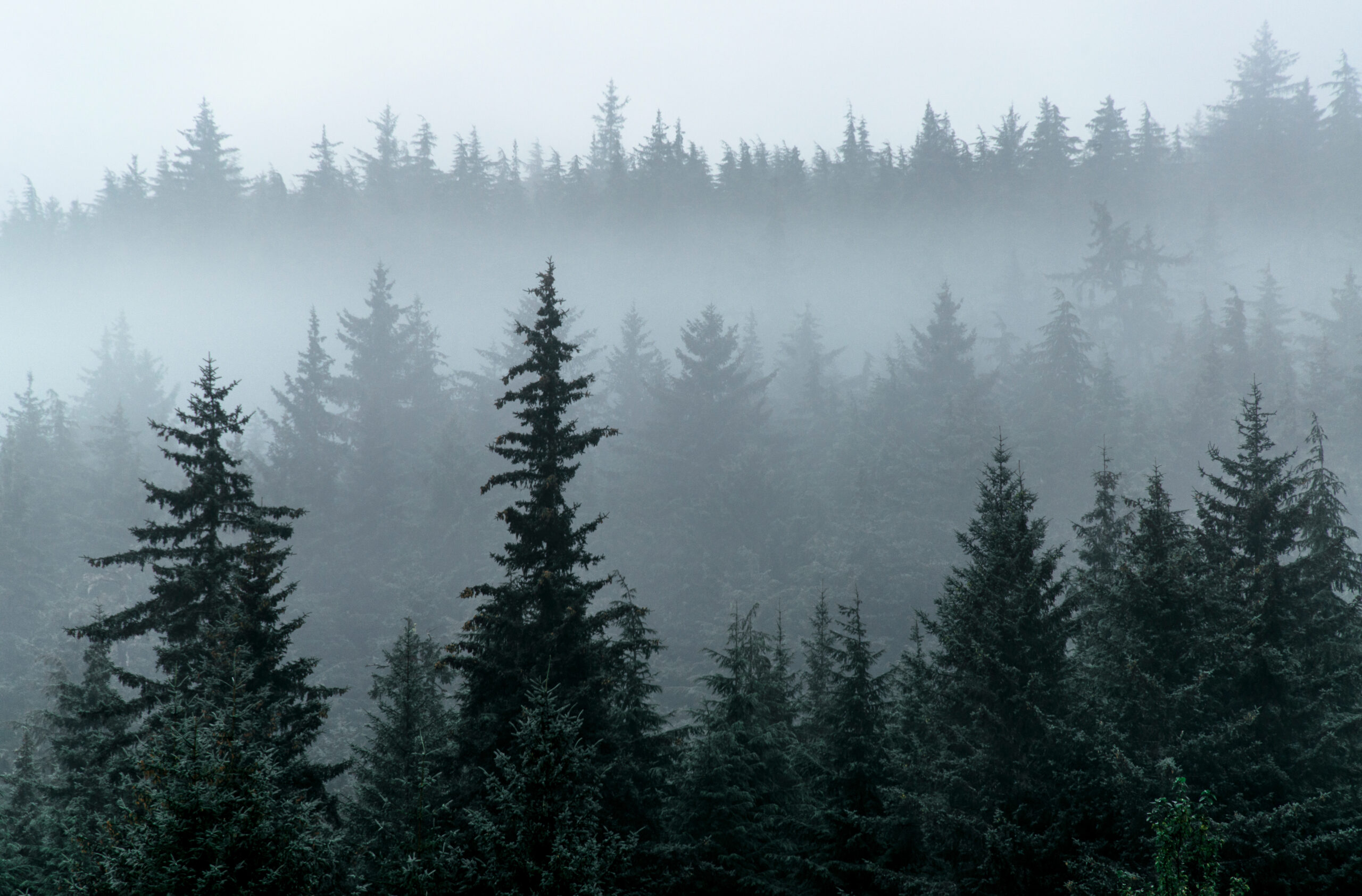
Photo Credit: Travel Juneau.
Close your eyes and envision a rainforest that’s cool and misty instead of warm and humid. You’re surrounded by tall trees and greenery, but there’s no tropical heat or exotic flora. Instead, the air smells like pine and earth. Ancient moss-draped trees and fern-covered floors cover the landscape, creating a green tapestry unique to this cooler climate. Welcome to an Alaska rainforest, a cool, unique world far removed from the tropics.
Although rainforests are often thought to be tropical and characterized by hot, humid conditions, this isn’t always the case. Alaska presents a different kind of rainforest: a coastal temperate one. Coastal rainforests are intricate habitats, home to an abundance of wildlife living symbiotically in the same ecosystem. In Alaska rainforests, you’ll find greenery such as Sitka spruce, western and mountain hemlock as well as red and yellow cedar. Wildlife includes a variety of birds from bald eagles to hummingbirds, black and brown bears, wolves and rich populations of salmon. If exploring a rainforest in Alaska hasn’t crossed your mind, it’s time to consider adding this unique destination to your travel bucket list.
Where can I find a Rainforest in Alaska?
The Tongass National Forest covers the majority of Southeast Alaska, the largest national forest in the United States with nearly 17 million acres of land. Tongass consists almost entirely of temperate coastal rainforest and is one of seven temperate coastal rainforests in the world. Much of Southeast Alaska, which features key destinations like Juneau, Ketchikan and Sitka, offers exclusive access to the Tongass. While this region is accessible only by plane or boat, it is well worth the trip.
Photo Credit: Travel Juneau
What makes the Tongass National Forest so special?
Coastal temperate rainforests are characterized by more than 55 inches of annual precipitation, cool and overcast summers, infrequent forest fires and close proximity to the ocean. They differ from tropical rainforests that are characterized by proximity to the equator and warmer average temperatures. Though temperate rainforests are cooler than the tropical ones, they are equally moist, receiving as much as 200 inches of rainfall annually. The Tongass National Forest is part of the Pacific temperate rainforest ecoregion in North America, which extends to the eastern edge of Kodiak Island, British Columbia, Washington, Oregon and Northern California. Here are a few quick and incredible facts:
- In a temperate rainforest, there are an average of 500 living things per square acre.
- There is more biomass in a temperate rainforest than in any other biome on earth.
- Alaska’s state capital, Juneau, is located in the Tongass National Forest along with most of the rest of Southeast Alaska.
- The Tongass National Forest is so big that it’s home to 19 specific wilderness areas.
- The forest has about 100 hiking trails, numerous public use cabins and plenty of bear-viewing lookouts.
- Within the Southeast Alaska and Tongass National Forest region, there are four distinct Alaska Native cultures including Eyak, Tlingit, Haida and Tsimshian.
- The rainforest is supported by the abundance of rainfall in Southeast Alaska. With most of the forest ceiling covered by trees though, a rainy stroll through the forest could still mean a relatively dry activity.
Photo Credit: Travel Juneau
What activities should I do when visiting the Tongass National Forest?
As the nation’s largest national forest, there is plenty to do and explore in Tongass. Here is a list of our most recommended activities.
Bear Viewing
Across Southeast Alaska, there are numerous wildlife observation sites that offer opportunities for spotting black and brown bears, especially during the prime viewing months of July through September. Pack Creek on Admiralty Island is a 30-minute flight from Juneau and is known for frequent bear spotting throughout the summer. Other options for wildlife viewing during these months include Anan Wildlife Observatory near Wrangell and the Margaret Creek Wildlife Observation Site close to Ketchikan.
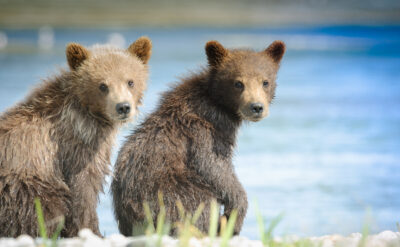
Take to the Water
The Tongass National Forest covers Alaska’s Inside Passage, a route of the Pacific Ocean that travels through the southeast islands, fjords and glaciers. Popular for cruise ships, the Inside Passage is also accessible by ferry, boat tours or water sports such as kayaking. Most communities along the Inside Passage, such as Sitka, Juneau, Ketchikan and Skagway, have boat tours for marine wildlife viewing or fishing, where you can spot humpback whales, orcas, Steller sea lions, sea otters, harbor seals and a variety of seabirds. For kayaking enthusiasts, rentals are available for those who want to explore at their leisure. We suggest a guided tour to navigate the passage and recommend good stopping points for wildlife and nature viewing.
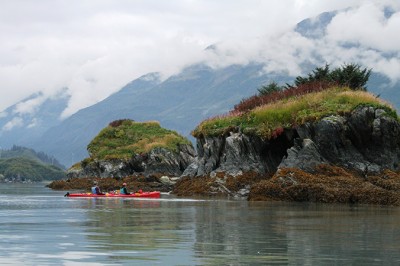
Explore the Trails
Spanning 700 miles, the hiking trails in the Tongass National Forest cater to every skill level and scenic desire. From cascading waterfalls and sandy beaches to imposing glaciers, this forest presents a variety of landscapes for all preferences. Remember to pack rain gear and layers up to stay warm and dry. Here are some great hikes across the region:
- Laughton Glacier Trail: An easy, three-mile round trip that winds along the Skagway River before reaching Laughton Glacier. Ideal for those looking for a straightforward yet rewarding hike.
- Nugget Falls Trail: A popular two-mile round trip known for its scenic views and ease of access. The trail begins at the Mendenhall Glacier Visitor Center in Juneau and leads hikers directly to the gorgeous Nugget Falls.
- West Glacier Trail: Offering a moderate challenge, this nearly four-mile trail skirts the west side of Mendenhall Glacier. Adventurous hikers can extend their journey by taking the Mount McGinnis Trail for a more demanding ascent.
- Verstovia Trail: For those seeking a more challenging adventure, this four-and-a-half-mile trek outside Sitka ascends to Mount Verstovia’s summit, where breathtaking views await.
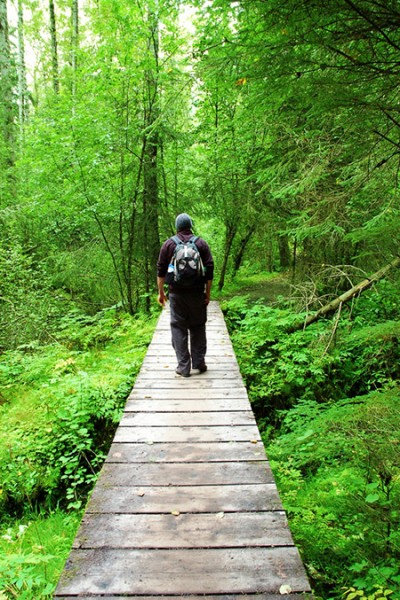
Stay the Night in a Public Cabin
With so much to explore, camping or staying in a public-use cabin is one of the best ways to make the most of your visit to Tongass. There are over 140 cabins across the Tongass, with a capacity for anywhere from two to 15 people. Some sites require reservations, so be sure to check ahead of time.
Whether you’re navigating the extensive trail network, spotting wildlife in its natural habitat or experiencing the serene beauty from the water, the Tongass National Forest stands out as a remarkable natural wonder. If you’re looking for an opportunity to explore one of the most green, lush habitats on earth, a trip to Southeast Alaska could be just the ticket.
Publisher: Source link
Latest Posts
-
31 July 2025
-
26 July 2025
-
14 July 2025
-
01 July 2025
-
07 August 2025
-
29 July 2025
-
20 February 2025
-
04 February 2025
Newsletter
Sign up for free and be the first to get notified about new posts.
Get The Best Blog Stories into Your icountox!
Sign up for free and be the first to get notified about new posts.

